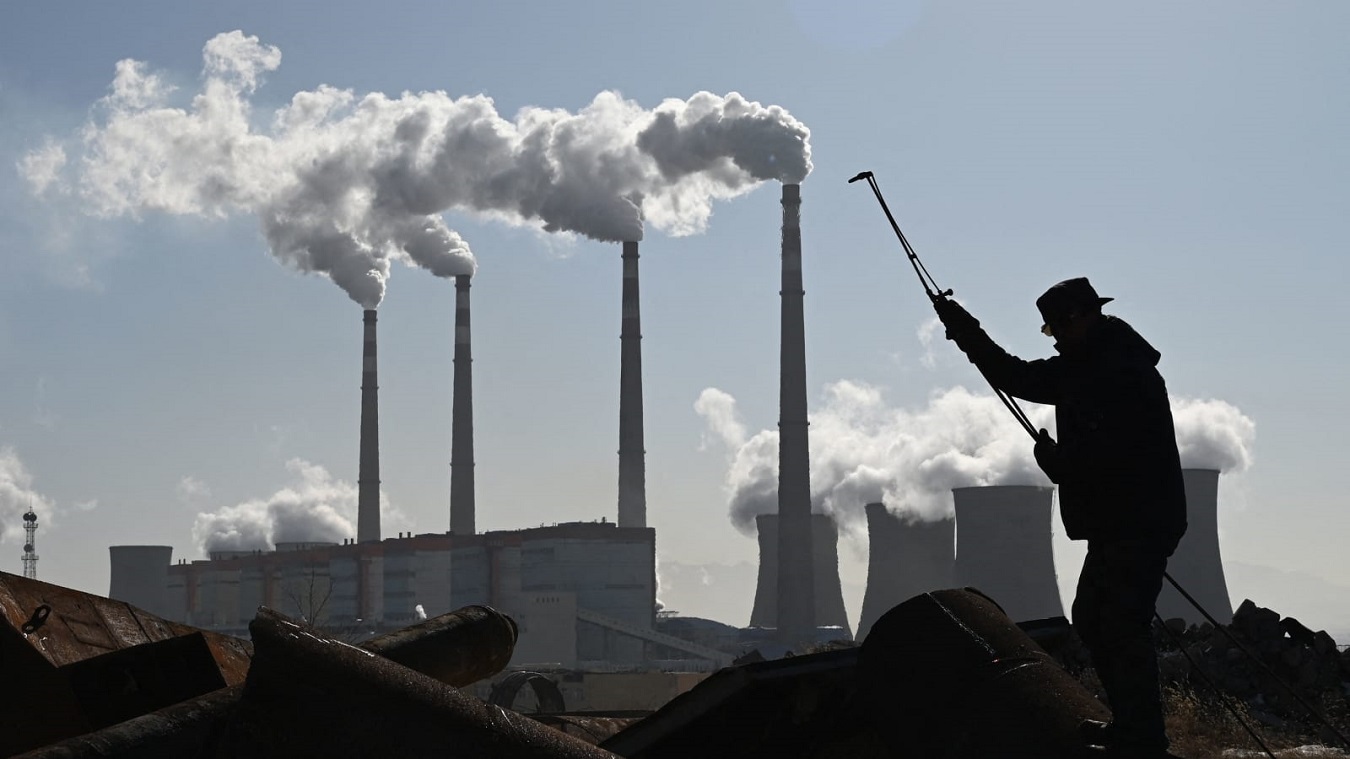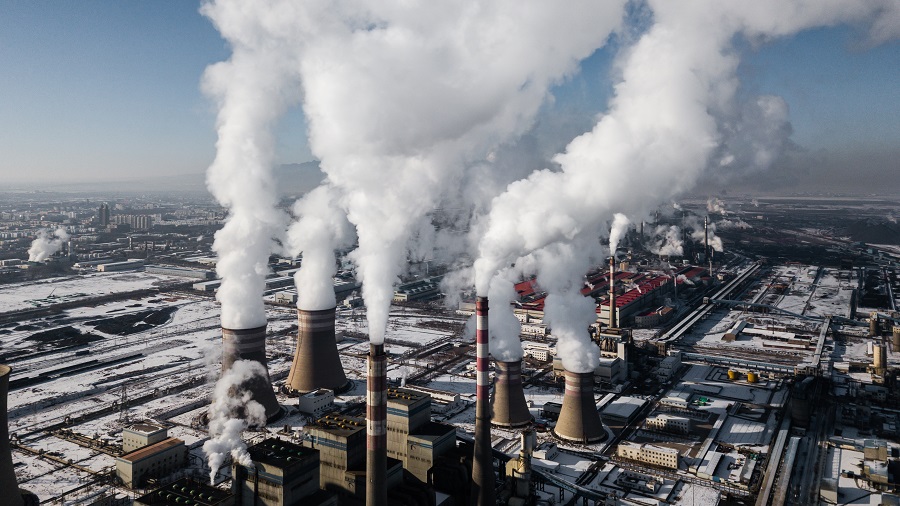The energy sector activities lead to the emission of significant greenhouse gases such as carbon dioxide (CO2), methane (CH4), and nitrogen oxide (N2O) into the atmosphere. These emissions are a major concern in terms of both health and climate change.
Carbon dioxide, or CO2 stays in the atmosphere for up to 1,000 years, methane for around a decade, and nitrous oxide for approximately 120 years. This implies that even as time passes, new emissions weighing millions of tons are being added to the existing greenhouse gases that were released several decades ago.
In 2021, carbon dioxide (CO2) emissions from activities in the energy sector accounted for 64.5% or 33.4 billion tons of the total annual emissions of all types of greenhouse gases worldwide.
“And so what?” you will ask.
And so that around 7 million deaths each year are attributed to exposure air pollution from diseases including pneumonia, stroke, ischemic heart disease, chronic obstructive pulmonary disease, and lung cancer.
The energy sector encompasses the production of electricity as well as its utilization in buildings, transportation, and industry.
Situation in Armenia, Georgia and Azerbaijan
The current situation in the region is concerning as there has been a noticeable rise in emissions over the past few years in all three countries of the South Caucasus.
In 2021, the Republic of Armenia (RA) emitted a total of 9.6 million tons of greenhouse gases. Among these emissions, carbon dioxide (CO2) emissions solely from the energy sector accounted for 6.3 million tons, which is approximately 66% of the total emissions. In Georgia, emissions from the energy sector amounted to 9.2 million tons, representing 53% of the country’s total greenhouse gas emissions. Similarly, in Azerbaijan, the energy sector contributed 34.8 million tons of CO2 emissions, accounting for approximately 60% of the country’s total greenhouse gas emissions.
While the CO2 greenhouse gas emissions from the energy sector in all three countries have decreased compared to 1990 (16% in Armenia, 18% in Azerbaijan, and 26% in Georgia), there has been a consistent upward trend in the past 10 years, as indicated by the graph below.
Globally
China, the United States, European Union (EU) countries, India, Russia, and Japan are among the largest contributors to greenhouse gas emissions. In comparison to the emissions recorded in 1990, these countries have seen a 66% increase in 2021, and compared to the emissions in 2005, the rise of emissions in these countries totaled 27%.
In 2020, global CO2 emissions experienced a decrease of over 5% due to the impact of the Covid-19 pandemic. Specifically, these countries saw a 4% reduction in emissions during that year. However, in 2021, emissions rebounded and surpassed even the pre-COVID levels of 2019 by a significant 5% increase.
Various countries and international organizations have established goals and targets to address greenhouse gas emissions and combat global warming.
For example, the Intergovernmental Panel on Climate Change (IPCC), which has proposed a target of reducing global greenhouse gas emissions by 45% by 2030. The ultimate aim is to achieve net-zero emissions by 2050. These efforts are aimed at mitigating climate change and limiting the increase in global average temperature to 1.5 degrees Celsius.
Last week, the administration of US President Joe Biden introduced new regulations with the aim of significantly reducing greenhouse gas emissions from power plants. Power plants are identified as the second-largest contributor to greenhouse gas emissions in the United States, following transportation.
The newly proposed standards are estimated to prevent approximately 617 million tons of carbon dioxide emissions by 2042. Officials have suggested that this reduction is equivalent to removing about half of the 300 million cars in the United States from the roads.
Consequently, the implementation of these new regulations is expected to have a significant positive impact on air quality and public health. The US Environmental Protection Agency anticipates that by 2030, these measures will prevent over 300,000 asthma cases and 1,300 premature deaths annually.
Indeed, the new standards will necessitate substantial changes in the operations of power plants. They will either need to adopt carbon capture and storage technology, which involves capturing and storing carbon dioxide emissions, or transition to renewable energy sources instead of relying on fossil fuels.
As of now, there are 18 carbon capture stations operational worldwide. However, it’s important to note that carbon capture technology is still relatively new and not yet widely affordable. In 2021, the first and only power plant in the United States that was operating with carbon capture technology experienced mechanical issues and ultimately ceased its operations without effectively fulfilling its intended purpose.
In its recent annual report, the UN Intergovernmental Panel on Climate Change highlighted the significance of carbon capture for a sustainable future. However, the report also emphasized the need for enhancements to make the technology more economically viable and energy-efficient.
By Karine Darbinyan
Data processing and charts by the author
Responsible editor Suren Deheryan
This article has been written in the framework of the “Access to Energy” project in cooperation with the Friedrich Ebert-Stiftung (FES).
Other articles in this series: #EnergySecurity
© All the stories, infographics and other visuals bearing the Ampop Media logo is possible to publish on other audiovisual platforms only in case of an agreement reached with Ampop Media and/or JFF.
Փորձագետի կարծիք
First Published: 20/05/2023










